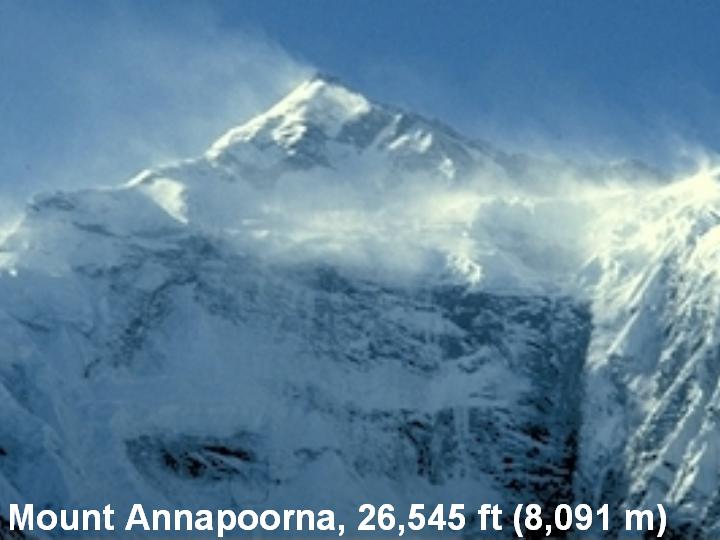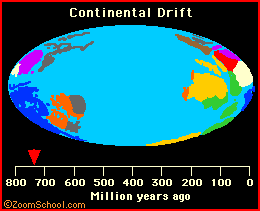
Welcome to Poorna's Pages at the Glendale Community College

Updated on 05.05.2015
Ocean 115: Sample Quiz 1
|
|
Welcome to Poorna's Pages at the Glendale Community College |
Updated on 05.05.2015 |
|
Ocean 115: Sample Quiz 1 |
||
|
|
|||
|
Home | My Book | Physical Geology | Environmental Geology | Oceanography: Ocean-115, Ocean-116, Talking Points My Bus Admn-101 class |
|
||
|
|
On this
|
| True | False |
Each question-item below is either TRUE or FALSE |
|
|
Pacific Ocean covers about one-half of the total area covered by the oceans. |
|||
|
Mariana Trench, the deepest point on Earth’s surface, formed by convergent tectonism involving the continental edge of one plate and oceanic edge of another. |
|||
|
Crust is the Earth’s outermost shell, with an average density of 2.75 gm/cm3, that is 30-35 km thick beneath the continents where it mostly comprises granites. |
|||
|
The latitude of 34°S for Sydney, Australia, means that this city is located south of the tropics. |
|||
|
The day (or Sun-facing) side of Venus is very hot, because Venus is located closer to Sun than the Earth, but the night side of Venus is very cold. |
|||
|
Earthquakes typically characterize the plate boundaries, except that a spreading submarine ridge like the East Pacific Rise has seismicity but is not a plate boundary. |
|||
|
Earth's equatorial bulge and polar flattening make gravity at the poles less than gravity at the equator. |
|
|
Multiple-Choice Questions |
|
True |
False |
|||||
|
 |
|||||
| an ocean covered the present site of Himalayas about 200 million years ago. | ||||||
| the Indian subcontinent was once located about 5000 km to the south, adjacent to Africa. | ||||||
| limestones can form on high mountain peaks as well as in deep ocean floor. | ||||||
| the relative geography of land and oceans has often changed over the geologic time. | ||||||
|
|
|||||
| Earth has water, but Venus and Mars do not, because Earth is at the right distance from the Sun. | ||||||
| Mars lacks the atmosphere and plate tectonics to sustain the hydrological cycle. | ||||||
| The thick atmosphere and peculiar orbital dynamics (i.e., the planet takes almost as much time to com- | ||||||
| plete one spin on its axis as it does to complete one orbit about the Sun) make Venus too hot to have water. | ||||||
|
 |
|||||
|
the central Atlantic is the oldest part of the Atlantic Ocean, and that its creation forced the separation of North America from Africa? |
||||||
|
North America had separated from Africa by ~200 Ma ago, when South America was still joined to Africa? |
||||||
|
South Atlantic Ocean has existed for more than 300 Ma? |
||||||
|
|||||
| Plate tectonics creates new ocean floors and mountain belts as hydrological cycle fills-in the ocean basins and flattens the mountain belts. | |||||
| Pacific Ocean covers nearly one-third of the earth’s surface? | |||||
| The creation of new ocean floor at spreading submarine ridges implies that an equal amount of existing surface is lost in deep sea trenches and folded mountain belts, so that Earth’s total surface area remains unchanged? | |||||
|
|
Short notes
|
|
|
Home | My Book | Physical Geol: Geol-101, Geol-111 | Environmental Geol: Geol-102, Geol-112 | Oceanography: Ocean-115, Ocean-116
This site was last updated on 05/05/15